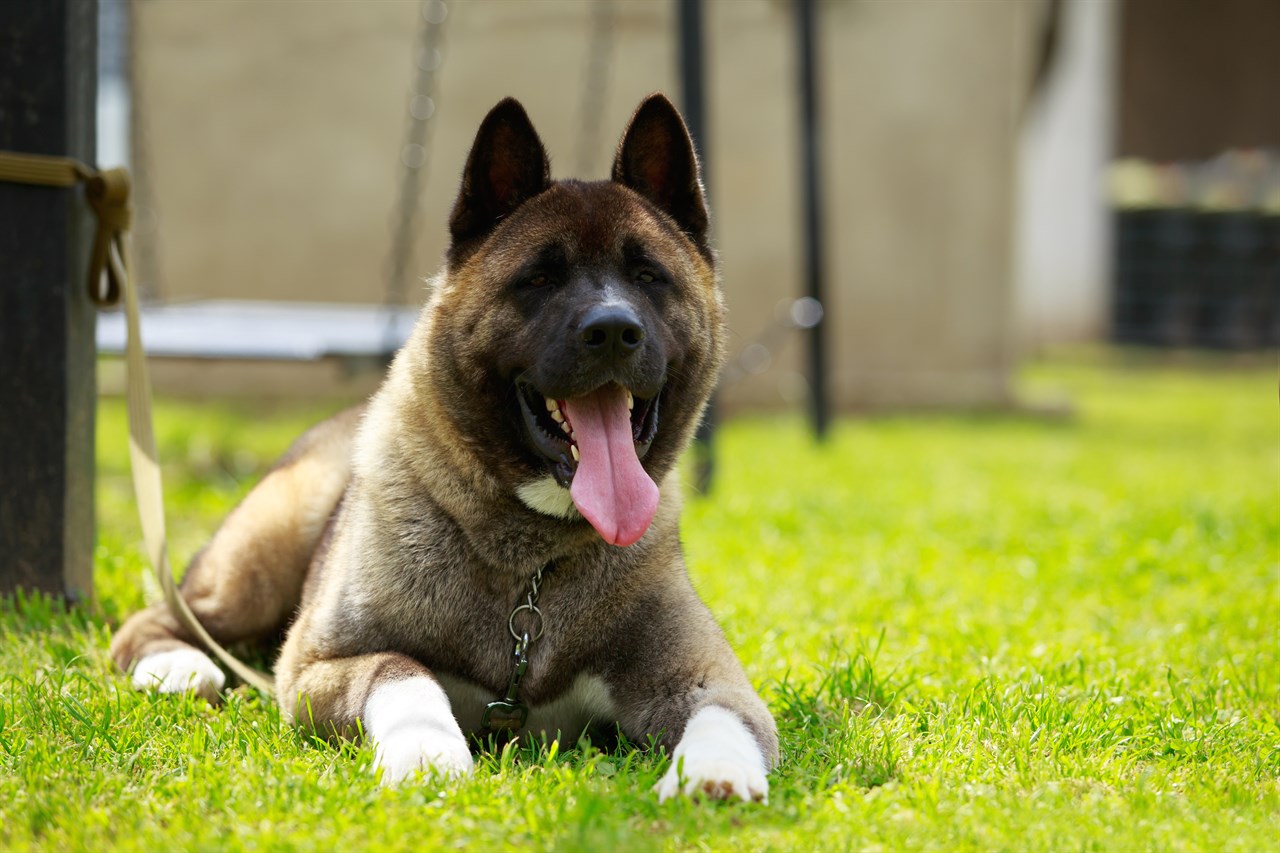Cracking the Code: Understanding the Trainability of the American Akita

The American Akita, with its intelligent and independent nature, possesses a unique trainability profile. Training any dog requires patience, consistency, and an understanding of the breed's characteristics. Let's delve into the overall trainability of the American Akita and unravel the keys to successful training.
Clever Minds at Work: Akita Intelligence
Akitas are known for their intelligence. They are quick learners and can grasp commands with proper guidance. However, their independent streak means they may choose to assess situations before obeying commands. This trait doesn't signify a lack of intelligence but rather a thoughtful and deliberate approach.
Independence and Leadership: The Akita's Training Style
Akitas have a natural inclination to be leaders, a trait rooted in their history as hunters and protectors. This can sometimes translate into a dog that prefers to make its own decisions. Effective training involves establishing yourself as the pack leader through consistent, positive reinforcement methods.
Positive Reinforcement: The Key to Success
Akitas respond exceptionally well to positive reinforcement. This includes praise, treats, and affection as rewards for desired behaviours. Reinforcing good behaviour creates a positive association, motivating your Akita to repeat the actions that earn praise and rewards.
Early Socialisation: Shaping a Well-Behaved Companion
Early socialisation is crucial for Akitas. Exposing them to various people, environments, and experiences during their puppyhood helps prevent unwanted behaviours and fosters a well-adjusted adult dog. This socialisation period is an investment in the long-term behaviour of your Akita.
Challenges of Stubbornness: Overcoming Independence
The independence of Akitas may sometimes be perceived as stubbornness. Patience is key when dealing with this breed. Consistent training, positive reinforcement, and an understanding of their independent nature contribute to overcoming any challenges related to perceived stubbornness.
Questions and Answers
Are Akitas hard to train?
Training Akitas can pose challenges due to their independent nature and leadership tendencies. However, they are intelligent dogs that respond well to positive reinforcement. Consistent training, starting from an early age, and understanding their unique characteristics contribute to successful training experiences.
American Akita puppies for sale
- Find American Akita puppies for sale in ACT
- Find American Akita puppies for sale in NSW
- Find American Akita puppies for sale in NT
- Find American Akita puppies for sale in QLD
- Find American Akita puppies for sale in SA
- Find American Akita puppies for sale in TAS
- Find American Akita puppies for sale in VIC
- Find American Akita puppies for sale in WA